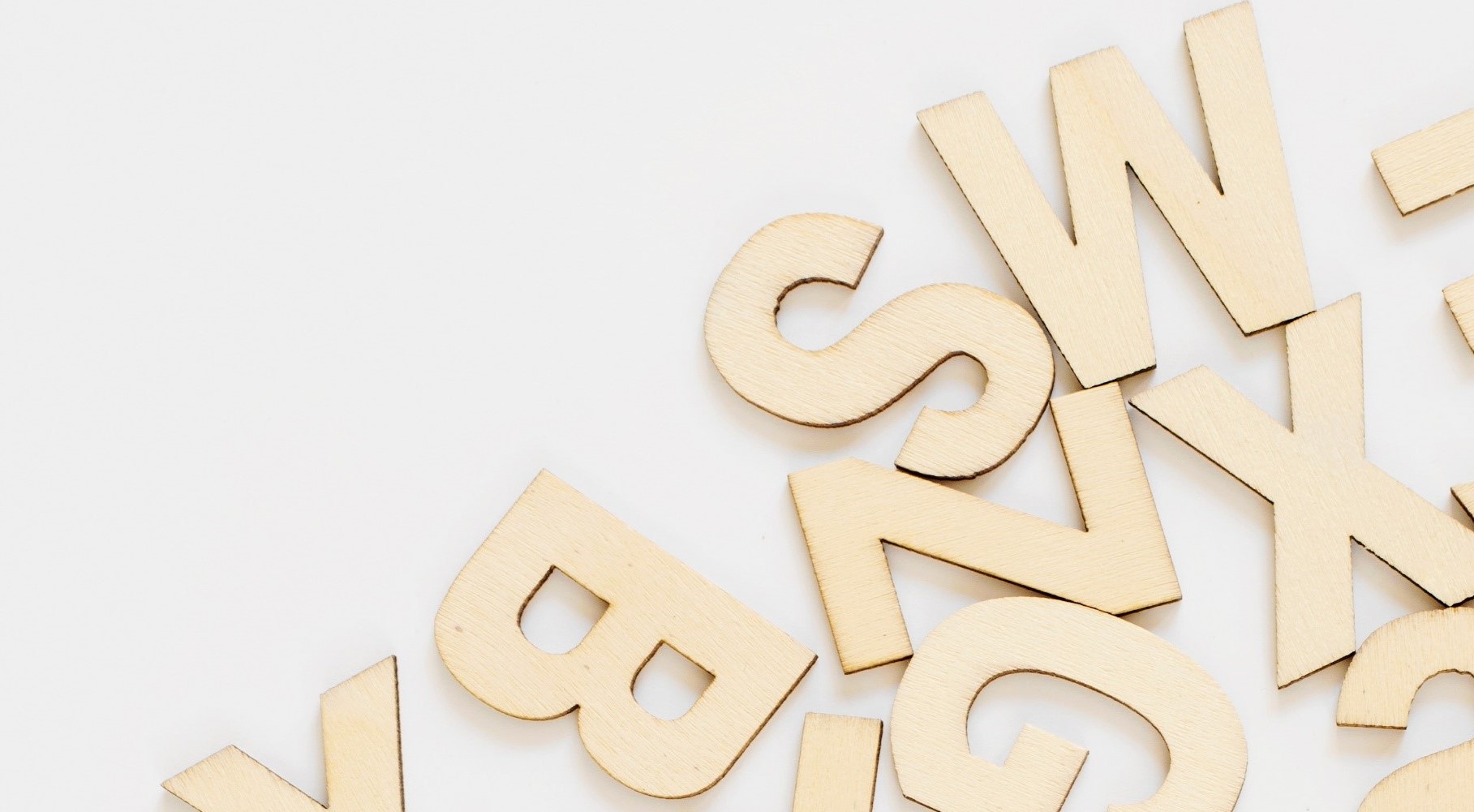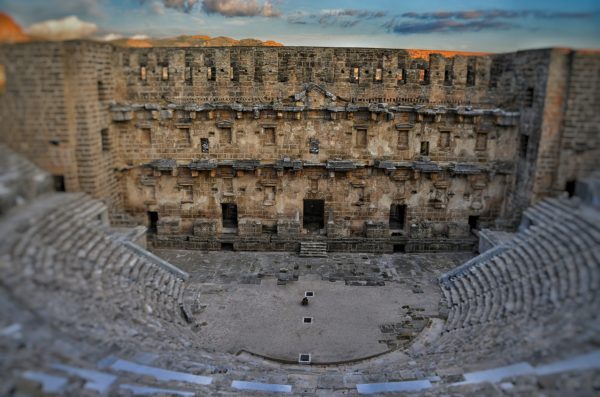
Good Essays Primary One 2017
Over 2017, the students of RG Channel have written many good essays during their weekly lessons. We have carefully curated a selection of the best essays our Primary One students have written in this post. We hope you enjoy their writing as much as we have enjoyed reading and grading them.







